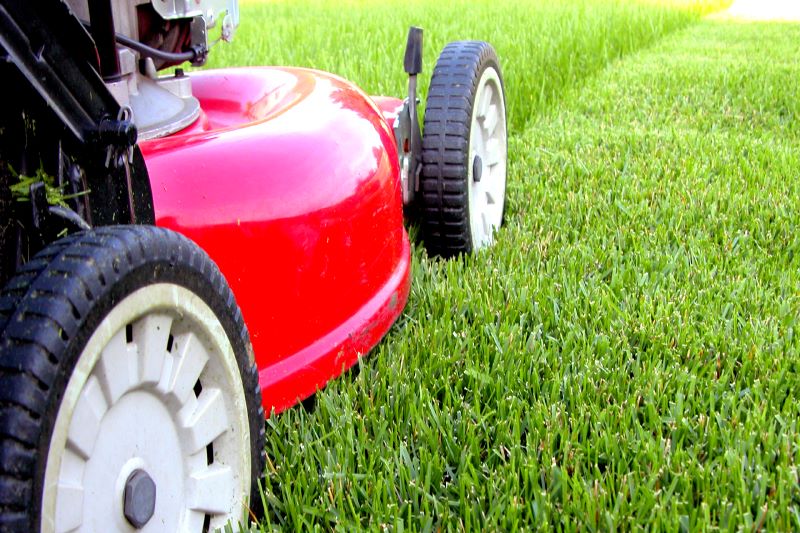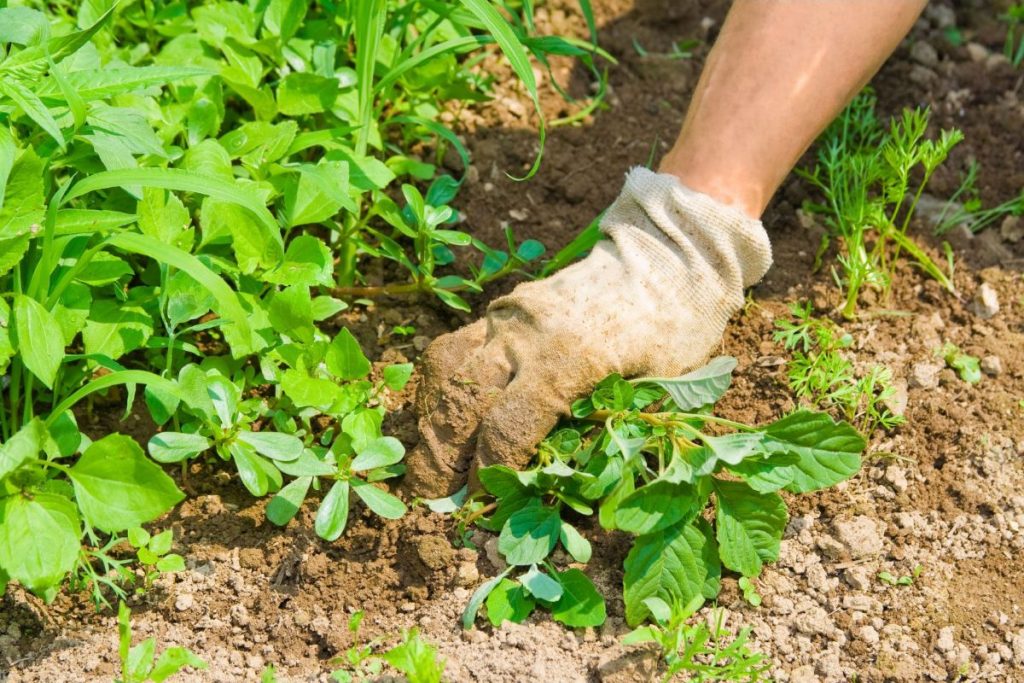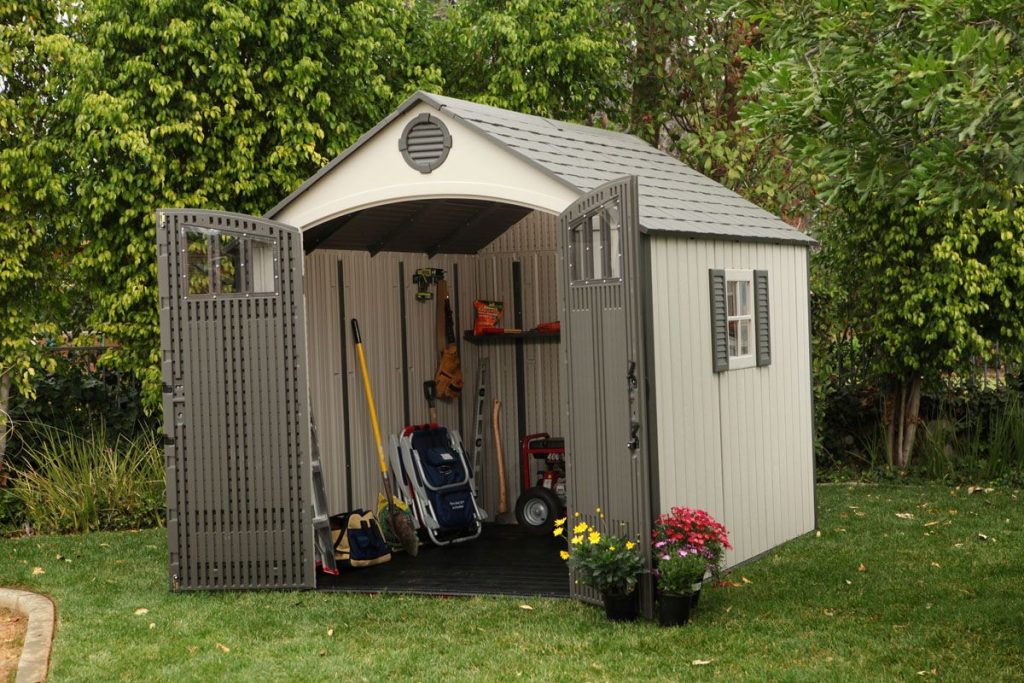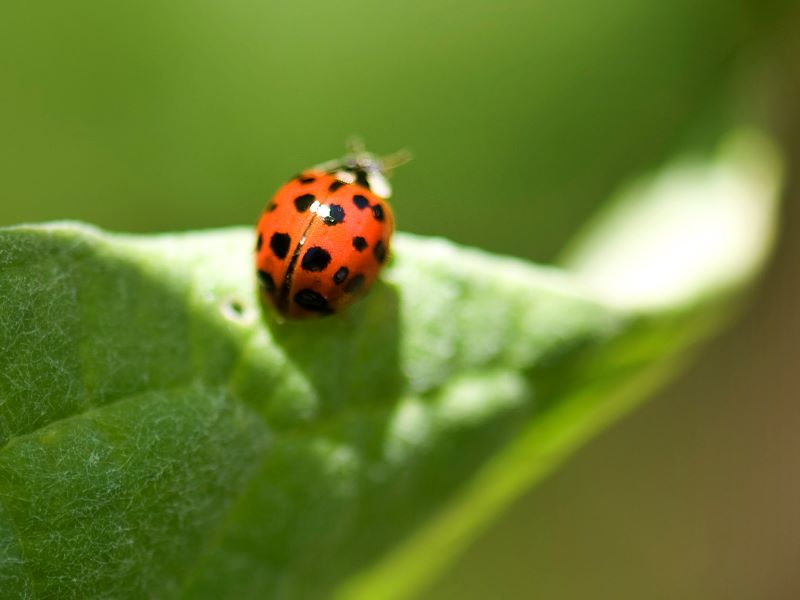Table of Contents
The most beautiful gardens usually boast well-maintained ground cover. For this, grass has been traditionally used, and there are many varieties to choose from based on both aesthetics, convenience, and climate requirements.
However, creative gardeners have discovered that moss and other plants make for beautiful ground cover as well. Not only are such alternative options much easier to maintain, but they also imbibe a kind of unique beauty to a garden, and other benefits as well. For example, Roman chamomile is growing to be a popular option for ground cover because not only does it grow on its own, it’s also aromatic and edible as well.
Despite all the other options for ground cover that are available, however, there’s no disregarding how most property owners still lean toward grass. It’s familiar, and it’s the standard for an attractive outdoor space. Therefore, proper maintenance is a crucial lesson, and with this comes the importance of mowing.
Mowing Lessons
The value of mowing, lawn care Ballwin, Missouri specialists say does not only lie in meeting the aesthetic standards of a visually pleasing outdoor space. Mowing has to be done to protect the health of grass as well, especially from the impact of the changing seasons.
So, here are the fundamental lessons on mowing to benefit your garden or lawn optimally.
1. The right tools are essential.
One of the things that most people do not realize is grass can get injured. Every cut is a type of injury to the grass. Therefore, it is an absolute must to use the right, well-maintained tools for cutting or mowing grass.
Make sure that the blades are sharpened for a clean and precise cut which, in turn, ensures the fast recovery of the grass. You must know that the sharp blades of mowers and even gardening shears are beneficial to use as well. You will find that the task of cutting down the grass to its ideal height is easier and faster when you work with good quality tools.
2. Implement the rule of three.
Three is the most significant number in lawn care Manchester, Missouri gardeners say. The first rule involves cutting only 1/3 of the length of grass every time for maintenance. This snip length will make grass less prone to drying up, particularly during the intense heat of the summer.
The second rule is that three inches is the ideal height for grass. When maintained at the height of three inches, grass becomes more impervious to foot traffic, the effects of scorching hot weather, as well as chilly temperatures. When kept at this height, it also stands a better chance of thriving against harmful weeds.
3. Mow in different directions every time.
Changing the routes in which you mow your lawn is the best practice. This will impart a fluffy, healthy look to your turf and, at the same time, prevent turf stress or wear.
Lawn care pros suggest mowing in a diamond pattern, but you can go in any different grid pattern as long as you can be sure to cover all the bases and achieve the same height of grass all around the lawn.
4. There is a perfect time for the task.
The ideal time of day to mow your lawn is in the mid-morning; that’s around 8 AM to 10 AM when dew and irrigation have somewhat dried up already. What makes these hours ideal as well is how it’s not yet too hot for you to carry out the task. You do not have to worry about baking under the sun.
The second best time for lawn mowing is in the late afternoon, which would be around 4 PM to 6 PM. It’s cooler around these hours, which is less stressful on the turf. Plus, mowing the lawn in the late afternoon offers an adequate recovery period for grass before nightfall.
5. Leave the clippings after mowing.
If you rake or sweep the grass clippings after mowing, stop. Those clippings serve as natural fertilizer because they are rich in nitrogen that’s needed to boost both turf and soil health, and they offer the side benefit of helping with weed control.
Also, do not worry about the clippings getting matted and suffocating the grass because they decompose rather quickly, especially during the hot months.
6. Never mow after the rain.
Drenched grass is not good to cut. It’s more resistant to the blades, and when the lawn is wet, mowing becomes quite a messy task to accomplish. It’s important to mention, too, that mowing when the grass is wet is counterproductive to the health of your lawn.
Wet mowing can pull grass from the roots even if the lawnmower blades are sharp. Additionally, with the soil moist, the mower will just end up pushing it down, which can suffocate the roots of the grass. Lastly, wet mowing will leave muddy tracks on your lawn and make it difficult for you to clean the lawnmower.
7. There are different mowing requirements when seasons change.
In the winter, lawn mowing is not a must. Actually, it is healthier for lawns to be left alone and let the grass grow tall. However, during this time of rest from regular mowing, keep up with the care of your cutting tools and equipment. Make sure you have your lawn mowers serviced in preparation for spring.
For spring and summer, you need to stay on top of the task by observing all of the lessons stated above. Regular mowing is advised to restore the lovely appearance of your turf and to protect grass from the common enemies (pests, weed, and harmful UV rays) the warm months usually bring.
As for fall, this is the time for the final cut of the seasonal cycle. The growth rate of grass dips when temperatures drop. Again, maintain the ideal three-inch height of the turf and mow for the last time right before the onset of winter.
Master Mowing Wisdom
Indeed, cutting grass is not as simple as it seems. Doing it right can have a massive difference in how well your yard thrives throughout the year.
Therefore, master the mowing lessons shared here, and for sure, you will cultivate both beauty and function in your outdoor space.
source: lawnmastersstlouis.com








